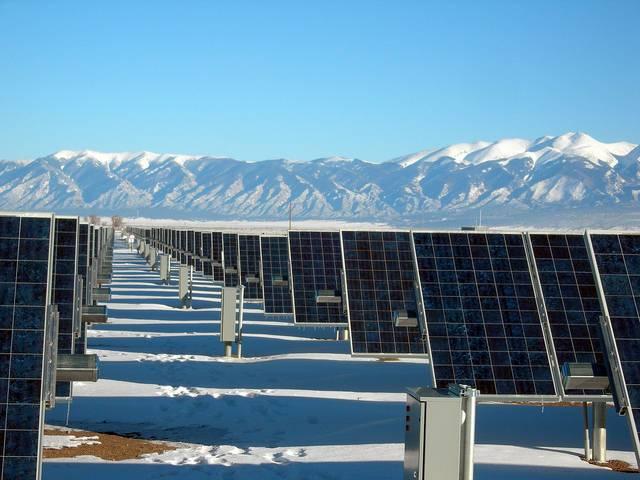
Cheap imported solar panels have played a key role in the rapid expansion of solar installation. At the same time, U.S. solar manufactures (think Solyndra) have struggled to keep up with the price-per-watt achieved by overseas competitors.
The U.S. International Trade Commission (ITC) recently concluded that tariffs should be imposed on imported silicon-based solar photovoltaic cells and solar panels to make the competition easier for domestic outfits. The recommendations included a 10 to 35 percent tariff on foreign-made solar panels; a 30 percent levy on imported solar cells; and, a licensing fee on some equipment. Of course basic microeconomics tells us that these tariffs will increase installation costs and reduce demand for solar. So we have players from all sides of the solar industry fighting desperately for different outcomes to the tariff debate.
The ITC launched launched its investigation into the matter after two panel manufacturers, Solar World and Suniva (which has since filed for bankruptcy), complained about unfair business practices. That inquiry led to a September announcement from the ITC that solar panel imports to the U.S., the vast majority of which come from China,” led to a “substantial cause of serious injury to the domestic industry.”
For U.S.-based Solar Energy Industries Association (SEIA), the ITC’s announcement was a mixed bag. The trade group applauded the ITC commissioners’ decision to not go with as high of a tariff rate as Solar World and Suniva had insisted when they filed their complaint. In addition, the SEIA was also encouraged by the ITC’s support for alternative funding mechanisms such as its proposed licensing fee.
“That being said, proposed tariffs would be intensely harmful to our industry, the SEIA said in a public statement. “We remain committed to working with all parties to find a solution that supports domestic cell and panel manufacturing without cratering demand for American-produced solar energy.”
But from the SEIA’s point of view, the original petition filed by Solar World and Suniva’s representatives would have been far worse. Earlier this year, the organization claimed a higher level of tariffs could put as many as 88,000 U.S. jobs at risk.
Writing for the politics news site The Hill, Erica Mackie, CEO of the solar advocacy group Grid Alternatives, offered an even darker assessment.
“The implications of a decision to raise the cost of foreign imports — now resting entirely with the president — will ripple through the energy industry, from installers to the utility sector and even the military,” wrote Mackie. “But nowhere will the impact be greater than on disadvantaged communities that are just beginning to reap the benefits of renewable energy, and the jobs that come with it.”
Mackie argued that even at a reduced rate, any raising of tariffs will “ripple” through the U.S. solar industry, and will make solar too expensive for low-income families even though the price of solar per kilowatt has been dropping precipitously in recent years. While state and local governments may still drive investments in solar power and other renewables, any tariff would cause increased prices of solar equipment, fewer installations, reduced energy equity and less jobs – in an industry that now employs over 260,000 Americans and is one of the fastest-growing job generators across the U.S.
The Los Angeles Times’ editorial board echoed Mackie’s argument. Arguing that even if higher tariffs meant foreign solar equipment manufacturers would move some of their manufacturing to U.S. soil, that would not necessarily benefit workers in the clean energy sector who lost their jobs at the likes of Suniva, Solar World and other companies that could not compete with cheaper Chinese-made solar panels.
“A four-year tariff may seem like a much simpler way to rescue an embattled U.S. industry. But it’s no real fix, and the costs are higher than the benefits,” concluded the Times’ editors.
Image credit: U.S. Department of Energy/Flickr

Leon Kaye has written for 3p since 2010 and become executive editor in 2018. His previous work includes writing for the Guardian as well as other online and print publications. In addition, he's worked in sales executive roles within technology and financial research companies, as well as for a public relations firm, for which he consulted with one of the globe’s leading sustainability initiatives. Currently living in Central California, he’s traveled to 70-plus countries and has lived and worked in South Korea, the United Arab Emirates and Uruguay.
Leon’s an alum of Fresno State, the University of Maryland, Baltimore County and the University of Southern California's Marshall Business School. He enjoys traveling abroad as well as exploring California’s Central Coast and the Sierra Nevadas.














